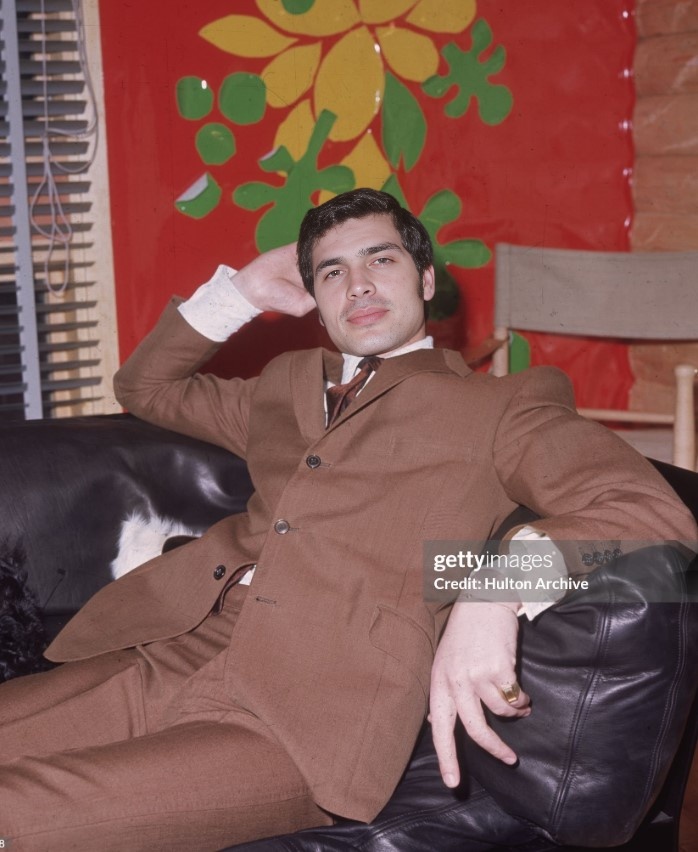
Engelbert Humperdinck, born Arnold George Dorsey, is a British pop singer best known for his romantic ballads and distinctive vibrato. Emerging in the mid-1960s, Humperdinck quickly rose to fame, becoming a global heartthrob. He achieved immense commercial success throughout his career, selling millions of records and topping charts worldwide. His signature style blends classic crooning with a contemporary pop sensibility, endearing him to a broad audience. Some of his most notable hits include “Release Me (And Let Me Love Again),” “After the Lovin’,” and, of course, “The Last Waltz.”
“The Last Waltz – 1967,” released that year, is arguably Humperdinck’s defining song. It swiftly ascended the music charts, becoming a number one hit in the United Kingdom and reaching the top of the charts in several other countries. The song tells the poignant story of a final dance between two lovers, a bittersweet moment filled with both joy and impending separation. The lyrics paint a vivid picture of a romantic goodbye, capturing the emotion and nostalgia associated with cherished memories. The melody is equally evocative, a sweeping waltz that perfectly complements the song’s theme.
Upon its release, “The Last Waltz” resonated deeply with audiences. Its universal themes of love, loss, and remembrance struck a chord, making it a timeless classic. The song’s popularity hasn’t waned over the decades, continuing to be a staple at weddings, parties, and romantic evenings. Audience feedback has consistently praised Humperdinck’s heartfelt delivery, the song’s beautiful melody, and its ability to evoke strong emotional responses. “The Last Waltz” remains a cornerstone of Humperdinck’s discography and a testament to the power of a well-crafted love song.